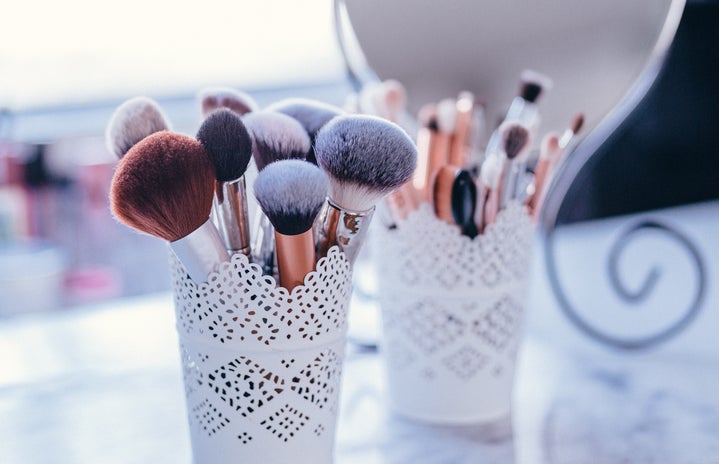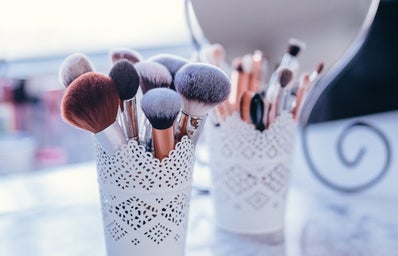If you haven’t seen the “black is beautiful” slogan then you haven’t seen a magazine, TV show, or music video within the last two decades. The first notable emergence of this slogan arrived in the 1960’s, when Brooklyn-born Kwame Brathwaite gained popularity for his predominantly African-American centered photography. Before this movement began, the narrative of black individuals always focused upon slavery and racism, placing them in a stagnant position under the narration of disadvantaged. While the reality of historical racism is crucial to acknowledge, the individuality of people was lost within this depiction. Brathwaite’s revolutionary photography played a heavy hand in expanding this systematically oppressive narrative, drawing on black culture, beauty, and style to express the people behind the victimization of the times. His photography sought to depict African-American style through unique jewelry, and clothing, showcasing a new form of fashion and expression that had otherwise been placed on the back-burner.
This movement brought new hope and inspiration for black women across the globe. They began to embrace their natural hair and wear clothing which expressed their own personalities, reclaiming their femininity in the process. The shift from “norm” to natural signaled a shift in female empowerment of black women, calling out the ways in which historical feminism has overlooked the rights and needs of minority groups. The 1962 fashion show, “Naturally ’62” put on by the African Jazz-Art Society & Studios also aided in the reconstruction of feminism. The show was a revolutionary moment within black history, inspired by Brathwaite’s photography, as it sought to showcase natural black beauty in ways that had never been done before. The all-black model casting and production crew set the stage for entirely new black-centered artistry and exhibition, with the success of the show marking a massive turning point, recognizing black culture in an entirely new light.
The 1960s movement continues to inspire newly emerging and well-established artists today in the realms of fashion, beauty, and mainstream movements. Popularized artists like Rihanna and Lizzo utilize their far-reaching fame to push the importance of inclusivity, stretching the boundaries of what originally constructed popular culture. The embrace of natural body image, hair styles, and iconic fashion pieces embracing all shapes and sizes continue to teach women to love who they are and what they look like. Rihanna’s Fenty Beauty makeup and lingerie line do exactly that, allowing for self-expression regardless of body type or skin colour. The artist is known for a long-standing icon of female black power in her style, music, and entrepreneurial ventures. The newly emerged Lizzo has also embodied strong narratives of self-love, as found within her lyrical depictions in “Good as Hell”. Lizzo’s innate sense of style and embrace of her own curves go hand in hand with the modern movements like “big is beautiful”. The inclusivity of plus size models in companies like Aerie and Dove also continue to illustrate a need to move away from the “thin, white, 00 dream”.
The cookie-cutter outline of what a woman looks like and what a woman should be has been tossed aside, and the acceptance of a different standard of beauty has taken over. Highly famous artists to first time authors, Oscar-winning actresses to suburban hairstylists have all had their own impact on the community around them in terms of creating this new narrative. The narrative that beauty is different. The narrative that beauty is ours to create.



